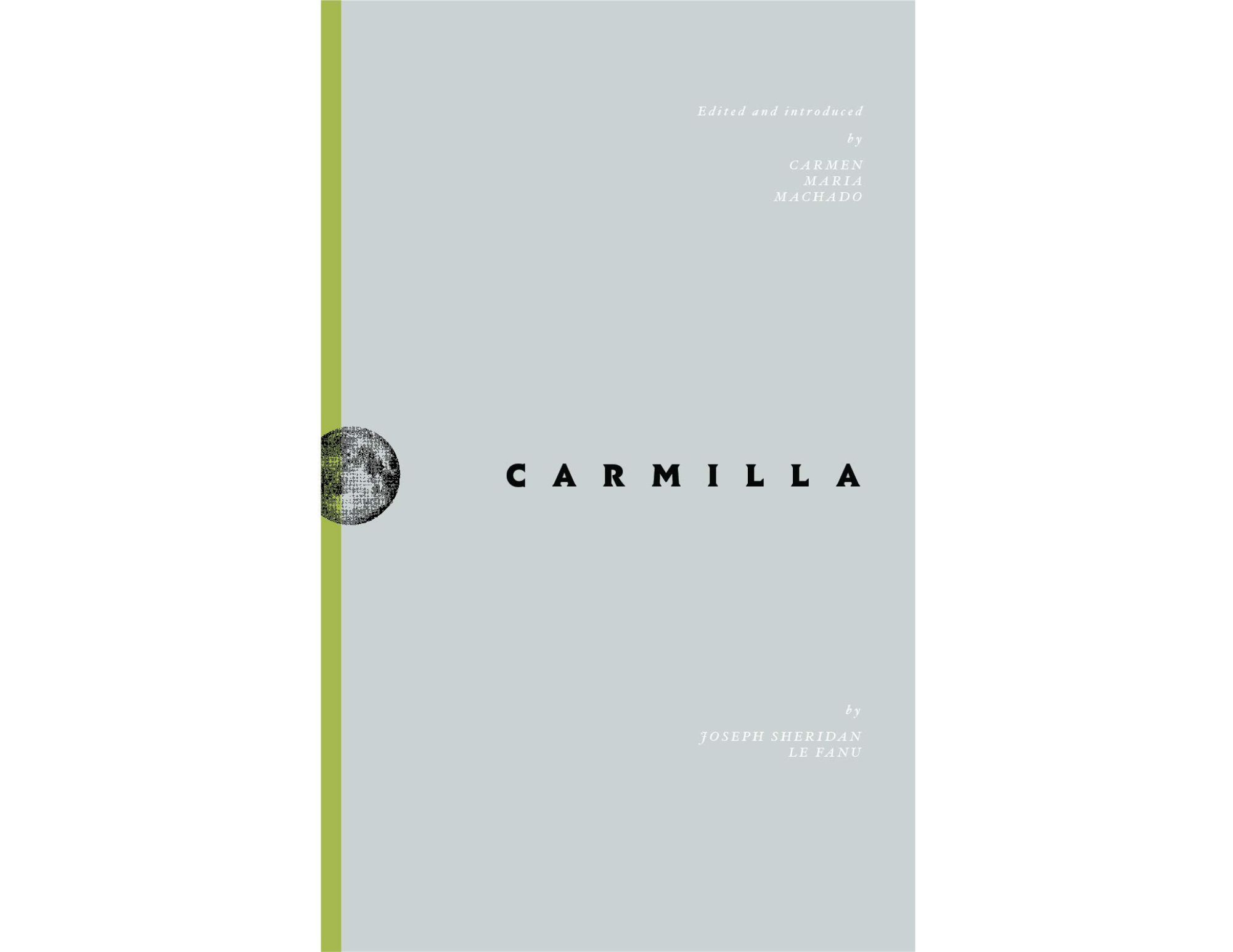The subject matter of Joseph Sheridan LeFanu’s vampire novella Carmilla is far more progressive than it has any right to be. It is centered on the overtly romantic yet peculiar relationship between the protagonist Laura and the titular Carmilla, and the many strange things that take place after her sudden arrival to Laura’s isolated country mansion in Styria. First serialized in 1871, Carmilla has a nearly three-decade leg-up on Bram Stoker’s Dracula, and is based on a series of real letters between two historical figures. What truly elevates this work, however, are Philadelphia native and editor Carmen Maria Machado’s annotations and comments, especially on how LeFanu’s final draft compares to the letters he referenced.
The original letters between Doctor Peter Fontenot and Veronika Hausle expressed a love quite different from the one found in the pages of Carmilla. Laura is quick to wave away Carmilla’s very blatant adoration for her, constantly asking why she treats her so affectionately and whether Carmilla is projecting feelings for someone else onto her: namely, a man. Veronika, LeFanu’s basis for Laura, asks no such questions. In her letters to the doctor, Veronika writes of her desire for another woman, believed to be young Spanish-Cuban aristocrat Marcia Marén, which is anything but the “mix of attraction and repulsion” LeFanu describes. While Laura fears Carmilla’s return, Veronika anticipates it. Perhaps the most moving detail of Veronika’s life is her death: the branch of a wild rose clutched in her hand, a symbol of affection the lovers shared.
Veronika’s love for Marcia is crystal clear when examining the brief excerpts Machado includes in her introduction, completely in contrast with Laura’s complicated feelings on Carmilla’s affections. Why, then, did Machado not fully restore Veronika’s letters, allowing her to voice her true desires? Machado’s reasoning is simple: “I wished this edition to bear LeFanu’s shame. I wish the reader to come to the book with a complete understanding of its inadequacy.”
Machado also posits that Carmilla’s villain, who preys upon the young Laura in her sleep, may not even be Carmilla. After Carmilla’s arrival, she asks for a woman named “Matska,” presumably someone she was traveling with when she was left in the care of Laura’s family. Later, Laura’s governess describes a woman she’d seen in Carmilla’s carriage: a “hideous black woman” with a “colored turban” and “gleaming white eyeballs and teeth set as if in fury.” Machado is quick to point out the racist and sexist “othering” of this woman in the following footnote, but there is more to her than LeFanu’s awful characterization of her.
According to many literary scholars, this woman is the “Matska” Carmilla speaks of, and even more interestingly, is a reference to a large species of cat when translated in Slovenian, Slovakian, Serbian, Romanian, and Hungarian: many of which were languages spoken in Styria in this era. Much later, Laura describes the form of her attacker as a “sooty-black animal that resembled a monstrous cat,” aptly fitting the description of the Matska. This connection comes from a 2014 paper written by Valerie Guyant, who believes that if this old woman is indeed Laura’s attacker, there is the possibility that Carmilla is innocent of the crimes she is executed for. To circle back to Machado’s stellar introduction, this becomes the story of “a young woman’s sexual awakening; the senseless slaughter of her supposed defiler.”
It is an immensely fascinating interpretation of Carmilla, certainly one LeFanu wouldn’t have expected, which only makes it that much more enjoyable. This theory rids Carmilla of any cruel intent, revealing her to simply be an unusual woman helplessly in love with Laura. Most importantly, it means her passionate advances and declarations of love are genuine, and upon reading the artfully amorous way Carmilla speaks, their relationship becomes one you desperately wish would have succeeded.
To give LeFanu some credit, he offers a unique interpretation of vampires in Carmilla. The book’s final chapter, an epilogue of sorts delivered by Laura, presents the vampire as a monster bordering the line of knowable and “utterly inexplicable,” giving it certain recognizable habits and patterns as well as leaving a few of its greater mysteries to the reader’s imagination. Carmilla’s transformation into a vampire is the most fascinating aspect, where LeFanu establishes vampirism as a curse placed by the wishes of the dead rather than the iconic bite we have come to traditionally associate with vampires. Unlike the watered-down vampires of our modern day, LeFanu’s vampires still have their fangs while retaining almost human traits, such as their capability for courtship and compassion (though undeniably twisted by an obsessive bloodlust), making Carmilla a more sympathetic character than just a monstrous killer.
Machado’s edits of Carmilla are a huge part of what makes this book worth reading. Her footnotes are insightful, informative, and funny. Sometimes a footnote simply clarifies a reference, and sometimes she drops a bombshell of a revelation on you, as she did with the Matska. LeFanu himself seamlessly intertwines reality and fiction, and while the addition of Machado’s introduction makes this fusion visible, it only serves to enhance the experience. Being able to determine where LeFanu borrowed from Veronika’s letters, or what elements he concocted himself, makes for more engaging reading. Scattered throughout the book are numerous full-page illustrations by artist Robert Kraiza, most of which are of Laura and Carmilla, and they were easily the highlight of my already enjoyable reading experience.
You can purchase a copy of Carmilla here.
Carmilla
Joseph Sheridan LeFanu
Lanternfish Press
Published November 26, 2019
160 pp.

Charlotte is sophomore at Drexel University pursuing a B.A. in English with a concentration in writing. A former STEM major, she now works towards landing her dream job as a librarian. When not daydreaming about story ideas, you can find her trying to explain her niche interests or spacing out to a video essay.
